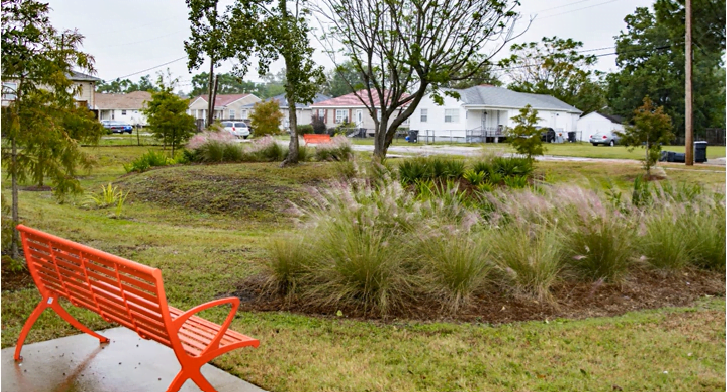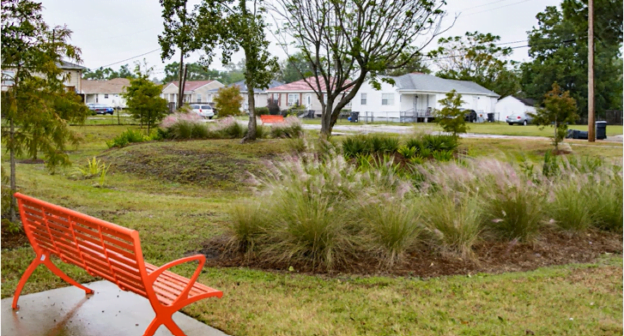Developing land in the U.S. is viewed as beneficial based on perceived economic results. Methods and speed of development have changed over generations as humans asserted dominion over the land. The folly of an approach ever more divorced from the land’s environment is most evident during extreme weather events. From the 1960s through the 1980s, awareness of problems and solutions were provided by landscape architects who proposed an approach based on the same principles of low-impact development (LID).
This course presents the principles of low-impact development design of undisturbed land and urban environments. LID is an approach that seeks to mimic natural systems to minimize adverse impacts of development practices not only on each property but also within the watershed and community in which it is located. In retrofitting developed land, the challenge is to identify and design interventions that can return as much of the land as possible to its natural condition.
Learning Objectives
Upon successful completion of this course, learners should be able to:
- Explain how LID can best be employed on greenfield sites
- Employ LID principles in dense urban areas
- Identify which small green infrastructure interventions distributed throughout a community can add up to reducing flood risk
Instructor
Dana Nunez Brown, FASLA, PLA, AICP, LEED AP is President with Dana Brown & Associates in New Orleans, LA






